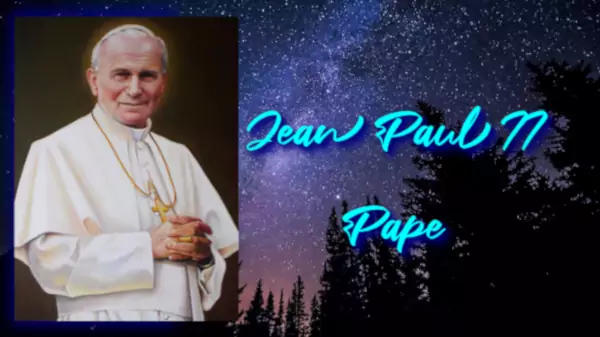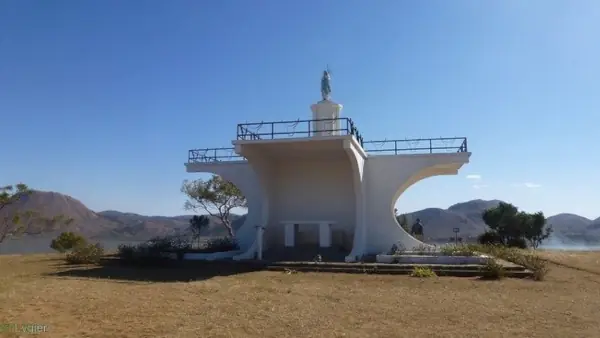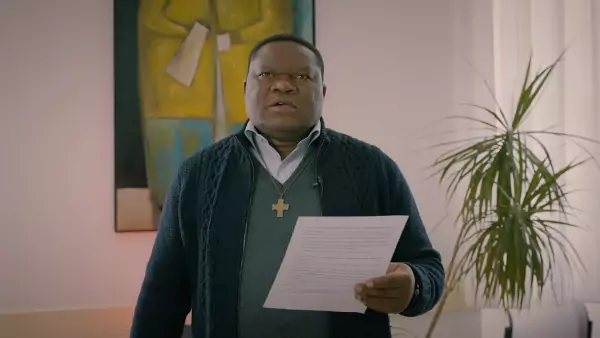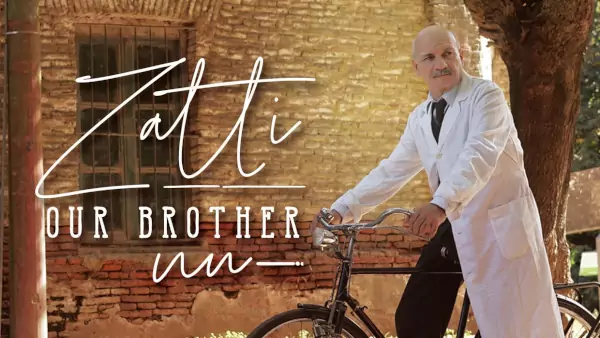22 October - Karol Józef Wojtyła was born on 18 May 1920 in Wadowice, Krakow, Poland. He is the second son of Emilia Kaczorowska and Karol Wojtyła. Karol Józef Wojtyła was christened on 20 July 1920. He received First Communion at the age of nine and Confirmation at the age of seventeen.
After the Second World War, when the seminaries were officially opened, he was both a seminary student and a student at the University of Jagiellonian University until his ordination on November 1, 1946. He was then sent by Cardinal Sapieha to continue his studies in Rome, during which time he was the spiritual director for Polish immigrants from France and the Netherlands. He then returned to Poland, helping to lead many churches and accompanying academics until 1951, at the same time he continued to study philosophy. On 4 July 1958, Karol Józef Wojtyła was appointed by Pope Pius XII as Auxiliary Bishop of Krakow, and on 28 September 1958 he was ordained bishop at Wawel Cathedral in Krakow. He was then appointed Archbishop of Krakow on 13 January 1964 and was created Cardinal by Pope Paul VI on 26 June 1967. He took an active part in the Second Vatican Council and was elected Pope on 16 October 1978 at the age of fifty-eight, bearing the name of John Paul II, and was officially installed on 22 October 1978. He held this office for twenty-six years, five months and eighteen days. John Paul II died in the Vatican on April 2, 2005. He was beatified by Pope Benedict XVI on May 1, 2011 and canonized by Pope Francis on April 27, 2014.
John Paul II is the 263rd successor of Saint Peter, i.e. the 264th Pope. He is the third longest lasting pope after St. Peter and Pope Pius IX. During his pontificate, he made one hundred and four apostolic visits outside Italy and one hundred and forty-six within Italy. In other words, two hundred and fifty visits in all. As Bishop of Rome, he visited three hundred and seventeen of the three hundred and thirty-three parishes of the diocese. He received numerous pilgrims and governors in audience, including the General Audiences of every Wednesday in the number of one thousand one hundred and sixty-six, and more than seventeen million six hundred thousand pilgrims attended. Special events such as jubilee celebrations are not included. He made thirty-eight official visits. He met with seven hundred and thirty-eight Heads of State and two hundred and forty-six Prime Ministers.
Pope John Paul II also established World Youth Day out of his personal love for young people in 1985. He also paid special attention to the pastoral care of the family. He initiated dialogues with Jews and other religious leaders. A highlight of his leadership of the Church is the Jubilee of the Year 2000, on this occasion he gave pastoral directions for entry into the Third Millennium, through the apostolic letters "Tertio Millenio Adveniente" and "Nuovo Millenio Ineunte". During his term as Successor of Peter, he celebrated one hundred and forty-seven beatification ceremonies, counting a total of one thousand three hundred and thirty-eight blessed. And there were fifty-one canonization ceremonies for four hundred and eighty-two saints. Two hundred and thirty-two cardinals were created for the nine Consistories of his pontificate, one of which was "In pectore", i.e. whose name was not made public. John Paul II presided at fifteen Synods of Bishops, including six "Plenary Assemblies", one "Extraordinary General Assembly" and eight "Special Assemblies".
For the Magisterium, he left fourteen "Encyclicals" to the People of God, fifteen "Apostolic Exhortations", eleven "Apostolic Constitutions" and forty-five "Apostolic Letters". He published the "Catechism of the Catholic Church" in its present form, according to the tradition and authority conferred on him by the Second Vatican Council. He also brought reforms to the "Latin" and "Oriental" Code of Canon Law of the Church. He wrote five books. It should be noted that three million people came to bow and pay homage to John Paul II in Rome during his funeral wakes. On 28 April 2005, twenty days after his burial, Pope Benedict XVI announced that the process for his beatification could begin. Cardinal Camillo Ruini began it on 28 June 2005.








